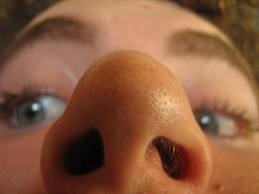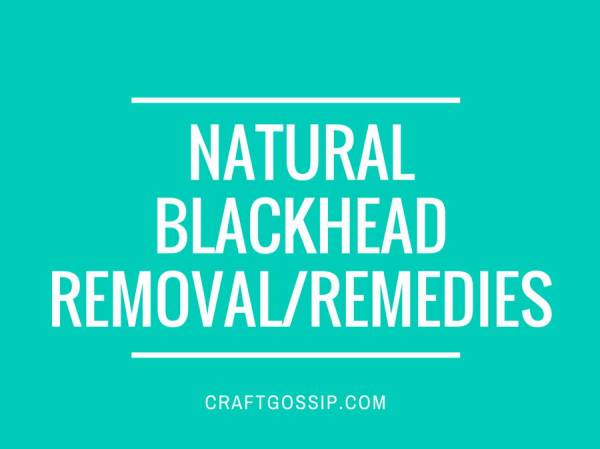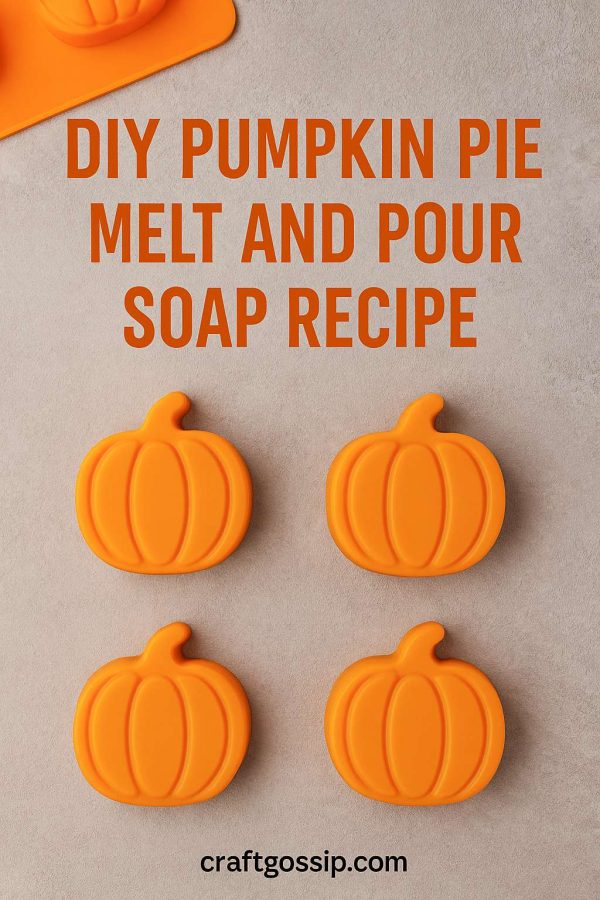Blackheads are so annoying, we all want to get rid of them from time to time. Blackhead strips can be expensive and some extraction methods can come with adverse side effects if not done correctly. I am sharing a natural method that if used on a regular basis can keep this problem in check. I will tell you how you can prevent and get rid of blackheads with these 2 simple steps.

Firstly you have to loosen the blackheads as loosening will make the process easier/ more effective. Once loosened, blackheads tend to come out easily.
Take 400ml of water and some fresh or dried basil leaves and boil it . Once the water is boiled add 2-3 drops of one of the following essential oils which help with acne or make a blend (remember 3 drops in total only):
Lavender, Sandalwood, Teatree, Rosewood, Myrrh, Geranium, Juniper, Grapefruit, Patchouli, Cedarwood, Bergamot, Petitgrain, Lemon, Palmarosa, German Chamomile, Thyme, Yarrow or Pine. My fave is sandalwood but can be quite $$$.
Drape a towel around your head and steam your face for a few minutes so that the pores open up. If you have sensitive skin be careful not to burn your face.
Now your blackheads are ready to be removed
Mix 1 tablespoon of baking soda with enough water to make a paste. If you are feeling adventurous you could replace the water with lavender or witch hazel floral water. Apply paste on the blackheads and keep it on for about a minute or so and gently scrub.
Rinse it off with tepid water and finish off this process by splashing some cold water so that the pores are then closed.
Voila blackheads gone! You can use these ingredients on a regular basis.
Bear in mind that oversteaming can lead to dry skin.




I will try it and tell u my resolts, i loved it…
Thank you, I have recently been searching for information about this topic for ages and yours is the best I have discovered so far.
I am 26 with pretty fair skin and I have had blackheads on my chin and nose for years, (as long as I can remember). I have read many reviews about the Shielo Complexion Scrub and I don’t think they are doing this product justice. After using Shielo’s Complexion Scrub, from their Anti-Aging category, for only 3 days, I have already seen an improvement and not just a little improvement, but a major one.
Most of my blackheads have completely been removed. I understand it may not work for all people but I have and will continue to recommend this product to anyone who will listen. P.S. If you are gonna try it, get it online, because I paid 3 times the price when I bought it in the store.
Salicylic acid will help prevent blackheads as well. I use both methods together and haven’t seen a blackhead in years.
Where do i find the essential oils? i keep seeing them used in so many products, but dont know where to start looking for them, or even the right ones to use
i want to know if it works though
Aaaaaahhhh I have always had issues with black heads and can never figure out how to get rid of them! So annoying!! I will try this and keep my fingers crossed that it works! Thank you so much for sharing!